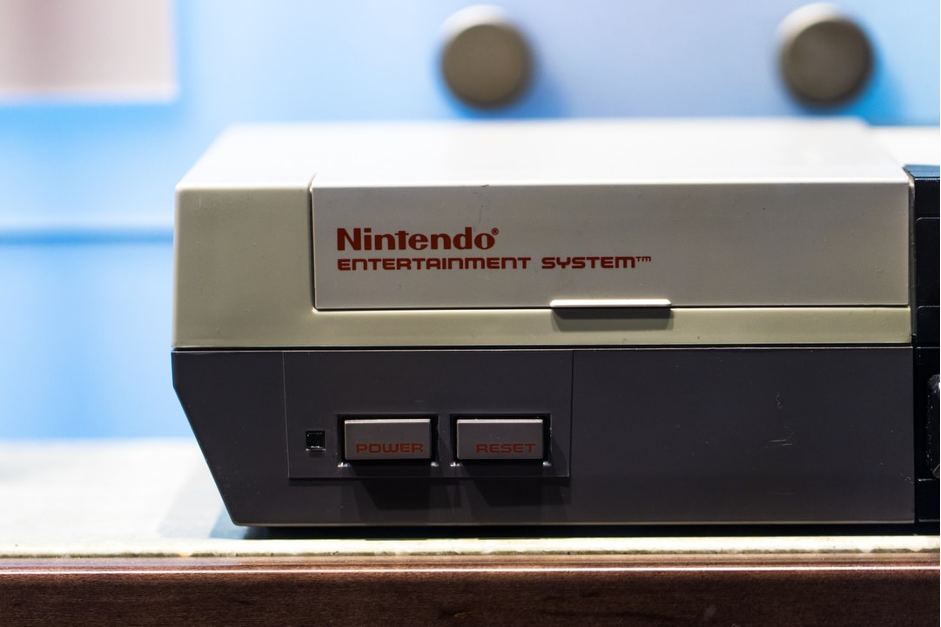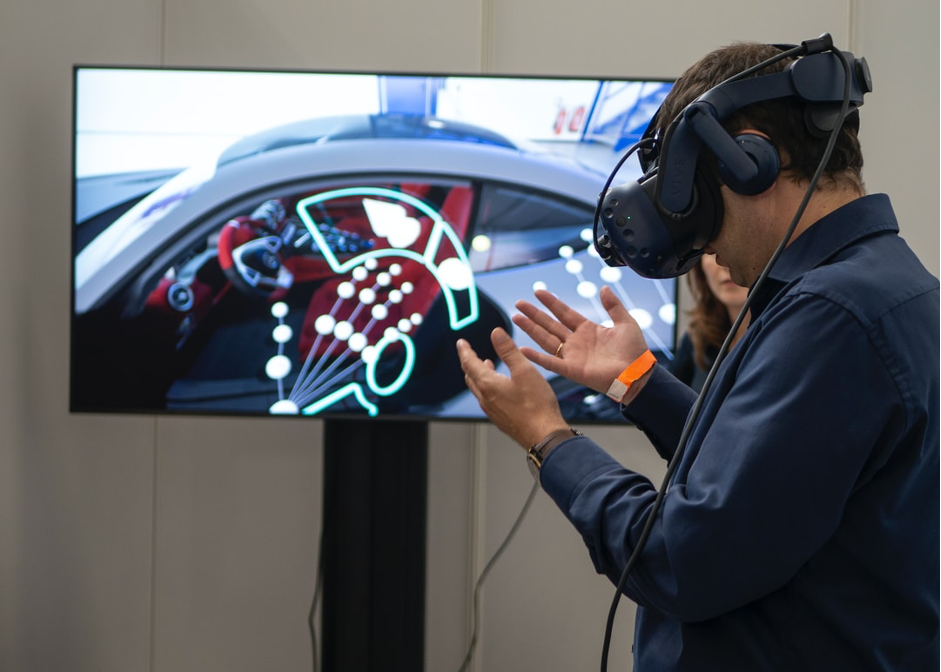Whether you’re one of the best players around or you’re new to gaming, video games have reached a point where practically everyone has at least seen a video game played before. However, with the massive amount of gaming content available nowadays, many people may be wondering, “How did video games get to where they are now?”
The history of video games is long and has undergone many challenges and successes over the years. Not to mention, these games cover a myriad of genres, from the pixelated universe of Mario to the action-packed battlegrounds of Counter-Strike: Global Offensive (CS:GO) and the fantasy world of The Elder Scrolls: Skyrim.
We turned to the experts at HotSpawn to research the evolution of video games. HotSpawn is the ultimate gaming resource with loads of gaming content, industry news, product reviews, guides, and more. Today, we’ll examine the evolution of video games to understand where they started and where they’re headed.
The First Video Game

A common misconception is that the first video game was Pong, for the Atari. However, 50 years before Pong was released, American physicist William Higinbotham invented Tennis for Two on the analog computer. Tennis for Two was a science experiment to display the power of technology at the annual visitor’s day at Brookhaven National Laboratory in Upton, New York. The game simulated a simple tennis match between two players. Higinbotham had no idea his invention designed as a fun diversion would create a multi-billion dollar industry.
Arcade Games and the First Home Console

The 1970s brought about a new era in video gaming. In 1971, the first arcade game, Computer Space, made its debut. Shortly after the first arcade game, the first home console appeared, the Magnavox Odyssey. These games shaped the beginning of the video game industry’s boom. Over the next decade, arcade games would become one of the most popular ways to game, while the Magnavox Odyssey introduced the concept of home video game consoles, followed by the Atari in 1974. From Pong to Space Invaders to Pac-Man, video games truly took shape.
The Second Video Game Boom

In the 1980s, the Nintendo Entertainment System (NES) was released, and the first Sega console, the SG-1000. These two consoles from the third generation of home video game consoles revived the gaming industry that was beginning to crash. With major titles, such as Donkey Kong, Super Mario Brothers, and Flicky, the NES and SG-1000 breathed new life into gaming, starting a new revolution in home consoles.
Three-Dimensional Graphics Take the Stage

The 1990s brought a new level of gameplay, three-dimensional (3D) games. In 1994, the PlayStation was introduced with games like Metal Gear Solid, Spyro the Dragon, and Crash Bandicoot. These games allowed players to explore fully realized worlds that quickly overshadowed the 8-bit games of the past. Shortly after, in 1996, Nintendo shot back with Nintendo 64, named for its 64-bit processing. This console brought popular game characters of the past like the Super Mario Brothers and Link from the Legend of Zelda into the 3D world. The sheer content of these games left the gaming community stunned and ready for more.
The Fifth Generation and Beyond

With the turn of the millennium, newer consoles were released with even more improved graphics and game scope: the PlayStation 2 and the Xbox. Following these consoles, more iterations followed that drastically improved game quality and playability, such as the PlayStation 3 and PlayStation 4, followed by the Xbox 360 and Xbox One.
Finally, the next generation of gaming is with the newest consoles like the PlayStation 5 and Xbox Series X. These introduce not only graphical updates but also immersive updates, such as haptic feedback and adaptive triggers.
The future of gaming is bright, with new technology being developed every day, including virtual reality. The only thing for sure is that the gaming industry shows no signs of slowing down.














